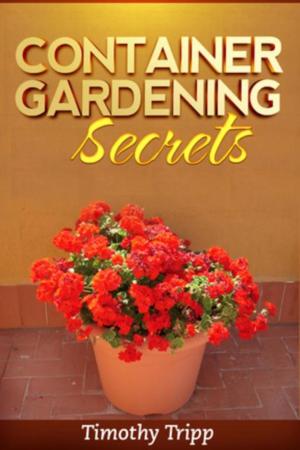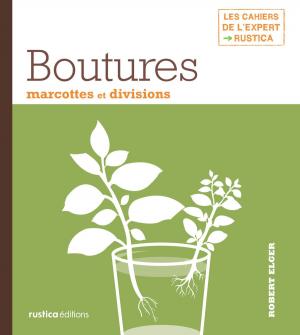Anthotypes: Explore the Darkroom In Your Garden and Make Photographs Using Plants
Nonfiction, Art & Architecture, Photography, Equipment & Techniques, Darkroom, Techniques| Author: | Malin Fabbri | ISBN: | 9781311254269 |
| Publisher: | Malin Fabbri | Publication: | November 24, 2013 |
| Imprint: | Smashwords Edition | Language: | English |
| Author: | Malin Fabbri |
| ISBN: | 9781311254269 |
| Publisher: | Malin Fabbri |
| Publication: | November 24, 2013 |
| Imprint: | Smashwords Edition |
| Language: | English |
Anthotypes will make you look at plants in a whole new light. It will show you how to make photographs from the juice of flowers, fruits and plants, using a totally environmentally friendly photographic process.
Anthotype is a very delicate photographic process and an environmentally friendly way of making prints using nothing other than the photosensitive material of plants found in the garden, the flower market or in the wild. All you need to add is water, sunshine, inspiration and patience – a lot of patience!
The process is very basic and simple. Utilizing nature’s own coloring pigments from flower petals, berries, plants, vegetables or even spices, images are produced using the action of light. The natural pigment is used to create a photographic image.
What could be better? Your impact on the natural environment is virtually non-existent, and you can carry out your art with a clear conscience. Anthotyping is the ultimate environmentally friendly photo process.
Anthotypes will make you look at plants in a whole new light. It will show you how to make photographs from the juice of flowers, fruits and plants, using a totally environmentally friendly photographic process.
Anthotype is a very delicate photographic process and an environmentally friendly way of making prints using nothing other than the photosensitive material of plants found in the garden, the flower market or in the wild. All you need to add is water, sunshine, inspiration and patience – a lot of patience!
The process is very basic and simple. Utilizing nature’s own coloring pigments from flower petals, berries, plants, vegetables or even spices, images are produced using the action of light. The natural pigment is used to create a photographic image.
What could be better? Your impact on the natural environment is virtually non-existent, and you can carry out your art with a clear conscience. Anthotyping is the ultimate environmentally friendly photo process.















